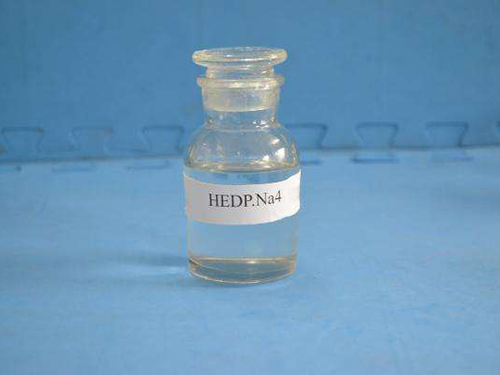Poly Aluminum Chloride in Water Treatment Processes for Enhanced Purification Efficiency
Poly Aluminum Chloride in Water Treatment
Water treatment is a critical process necessary for ensuring safe drinking water and maintaining environmental health. Among the various chemicals used in this field, Poly Aluminum Chloride (PAC) has emerged as a powerful coagulant widely used in water purification processes. This article will delve into the properties, applications, and advantages of PAC in water treatment.
What is Poly Aluminum Chloride?
Poly Aluminum Chloride is a variable polymeric form of aluminum chloride, which is highly soluble and known for its excellent coagulation properties. It is formed by the hydrolysis of aluminum chloride and consists of repeated units of aluminum oxide, which enhances its positive charge density compared to traditional coagulants like aluminum sulfate. This structure plays a crucial role in its efficiency in water treatment, especially in removing suspended solids and colloidal materials.
How Does PAC Work?
PAC functions via a process known as coagulation, in which fine particles in water are agglomerated into larger entities known as flocs. When PAC is added to water, it dissociates into aluminum ions, which then react with hydroxyl ions to form a solid precipitate. This precipitate encapsulates suspended particles, bacteria, and organic matter, forming flocs that can then be easily removed through sedimentation or filtration processes. The mechanism is influenced by various factors, including pH, temperature, and the specific characteristics of the water being treated.
Applications of PAC
1. Drinking Water Treatment One of the primary applications of PAC is in the treatment of drinking water. Due to its high efficiency in removing turbidity and microorganisms, PAC is widely employed in municipal water purification facilities. It effectively enhances water quality, ensuring compliance with health regulations.
2. Wastewater Treatment PAC is extensively used in industrial wastewater treatment. It can efficiently remove heavy metals, phosphates, and organic contaminants, making it a crucial component in processes to treat effluents before they are released into the environment.
3. Paper and Pulp Industry PAC is also utilized in the paper and pulp manufacturing processes. It assists in the removal of fiber and dyes from water used in the production, thereby helping in recycling water and reducing environmental impact.
poly aluminum chloride water treatment

Advantages of PAC over Conventional Coagulants
1. Higher Efficiency PAC demonstrates superior coagulating power compared to traditional coagulants such as alum. It provides better turbidity removal and can operate effectively over a wider pH range.
2. Lower Dosage Requirements The effectiveness of PAC allows for a lower dosage to achieve desired results, which can lead to cost savings in treatment processes.
3. Reduced Sludge Production PAC generates less sludge than conventional coagulants, which is beneficial in reducing the volume of waste that must be disposed of, thus lowering the operational and maintenance costs associated with sludge handling.
4. Versatile pH Application PAC can be used in various pH levels, making it versatile for different water characteristics and conditions, which can be particularly beneficial in regions with fluctuating water quality.
5. Improved Settling Characteristics The flocs formed by PAC are generally larger and heavier than those produced by other coagulants, allowing for faster settling and more efficient filtration.
Conclusion
The use of Poly Aluminum Chloride in water treatment represents a significant advancement in ensuring water quality and safety. Its exceptional characteristics make it an ideal coagulant across various applications, from drinking water purification to industrial waste management. As the demand for clean water continues to rise globally, the role of PAC in sustainable water treatment practices will likely become ever more prominent, reflecting the need for efficient and environmentally friendly solutions in the water industry. The ongoing research and development in this field will further enhance the applications and efficacy of PAC, paving the way for more advanced water treatment technologies.
-
Pbtc Scale InhibitorPBTC: A Scale Protector for Industrial Water TreatmentNewsAug.05,2025
-
Organic Phosphonate: An Efficient Defender in the Field of Scale InhibitionNewsAug.05,2025
-
Hydrolyzed Polymaleic Anhydride: Green Pioneer in Scale Inhibition FieldNewsAug.05,2025
-
PAPEMP Polyamino Polyether Methylene Phosphonic Acid For SaleNewsAug.05,2025
-
Flocculant Water Treatment: A Pioneer in Purification in the Field of Water TreatmentNewsAug.05,2025
-
Benzyl Isothiazolinone: An Efficient and Broad-Spectrum Antibacterial Protective GuardNewsAug.05,2025





